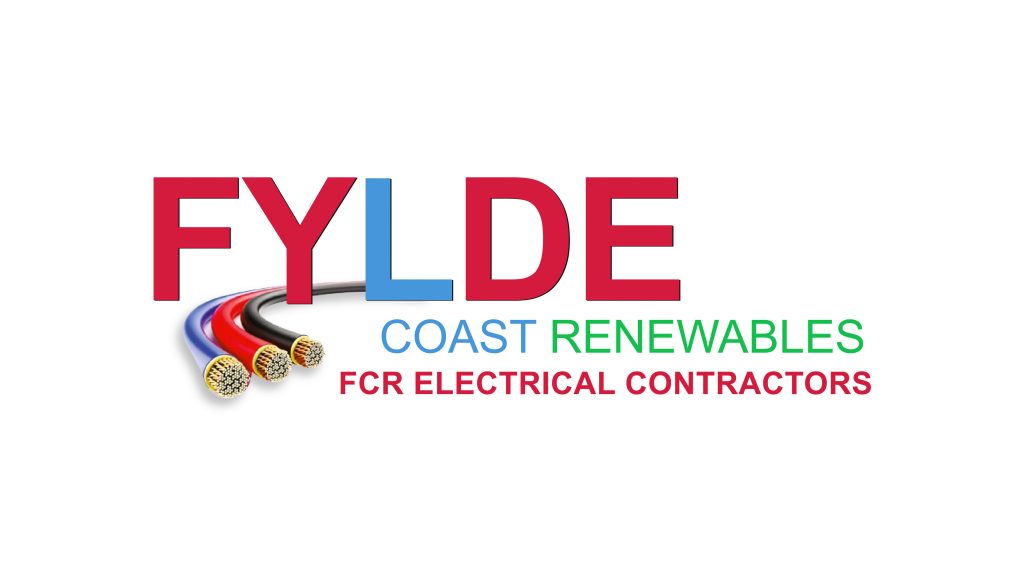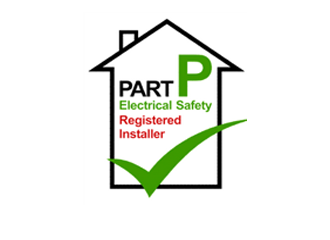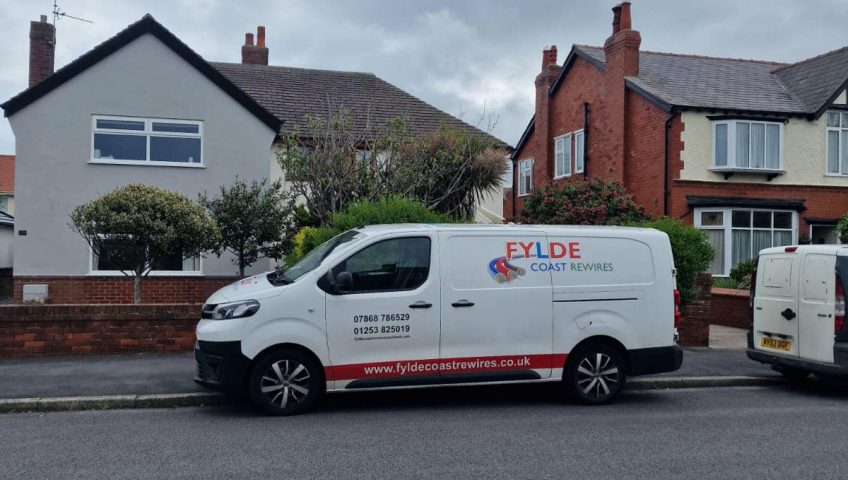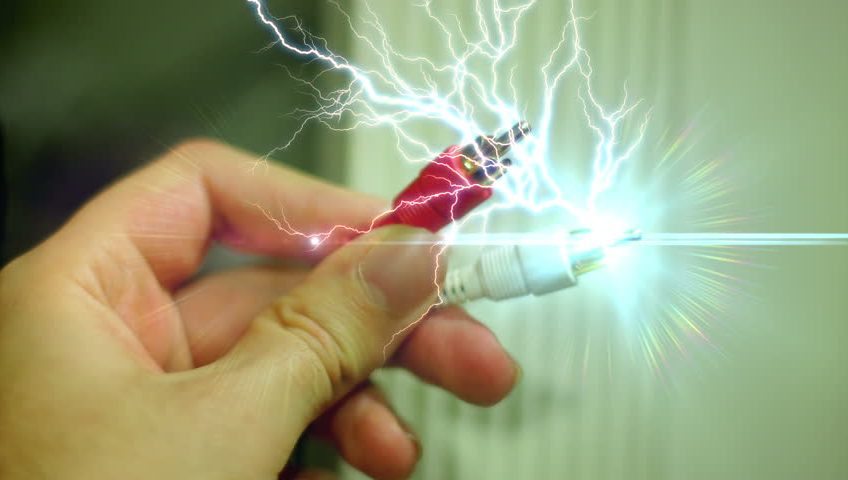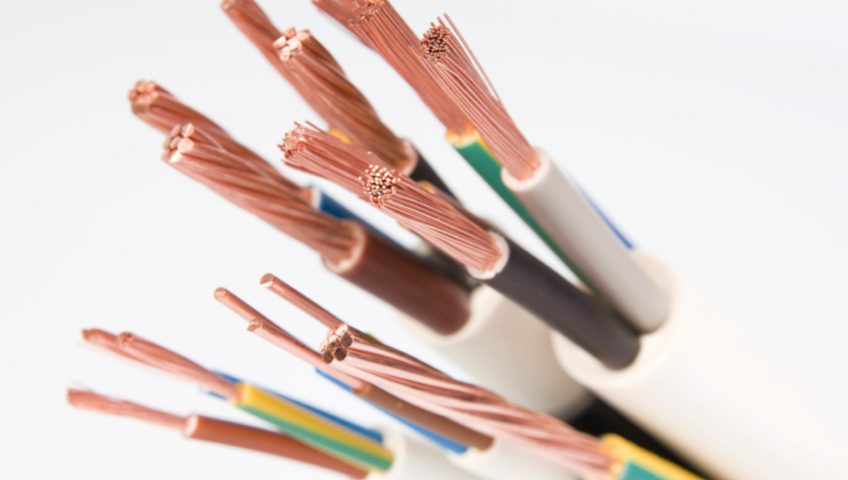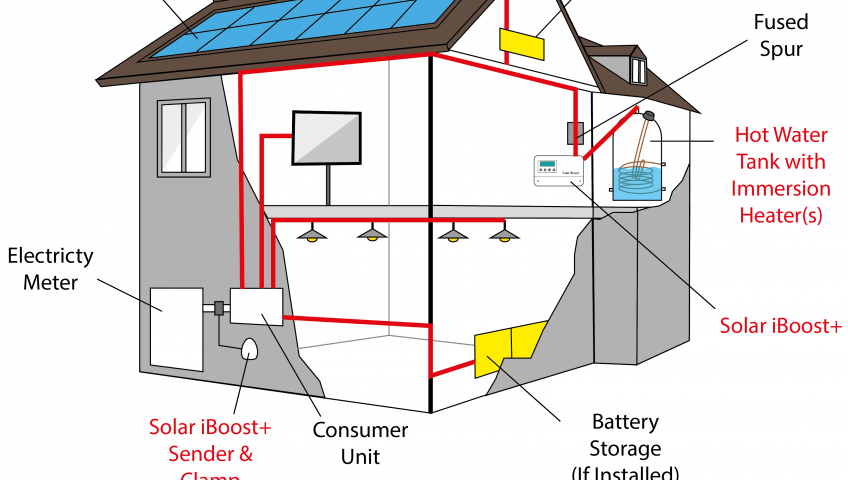
HOW TO BECOME YOUR VERY OWN ECO-FRIENDLY POWER STATION
The cost of energy is going up and up with no sign of prices reducing any time soon. How cool would it be to able to install your own electricity generating power station? Well! There is an easy answer to this. You can install a roof top solar panel system on your property which will generate free electricity1 How cool is that?
Just imagine having free electricity to power your washer, dryer, charge your electric car or even heat your water for very little cost or free.
Solar panel technology and especially battery technology has come on leaps and bounds in the last few years, your new solar panels will generate free electricity from the sunshine, the solar panels will then send this free power to your inverter which is then converted into A.C. electricity, this is the type of electricity your appliances run on. If you do not use all the electricity generated, then your inverter will send the spare electricity to your battery storage unit where it will be stored for when you are ready to use it. This is very handy if your family are out at work or school during the day.
What about free hot water I hear you ask?
Well don’t worry, our solar panel systems have you covered here. You can fit a Solar diverter such as the My Energi Eddi system https://myenergi.com/eddi-power-diverter/, or the Sol I boost https://www.marlec.co.uk/product/solar-iboost/ , this little device will take any unused electricity and divert it to the immersion heater on your tank, giving you free hot water. These are great bits of kit.
We have saved the best to last! We have all seen the cost of petrol and diesel spiral out of control, your solar panels can charge your electric car cutting out any need for petrol or diesel, the savings here can vary, however the average cost to fill a family car is around £100 according to a recent Sky news article https://news.sky.com/story/cost-of-living-average-cost-of-filling-a-family-car-with-petrol-hits-100-for-first-time-12630495, if you use your car to travel to work you may be filling the car up once a week. Your new eco friendly power station is able to cut out your weekly petrol or diesel costs and your solar panels will charge your car for free! Of course, you will need an electric car to do this,
Having solar panels fitted to your Blackpool property could have huge energy saving potential, whilst sticking two fingers up to the energy suppliers which is something we all would like to do.
To find out more about how our solar panel installations could help transform your energy usage and save you money please fill in our contact box below and one of our solar panel experts will give you a call.
